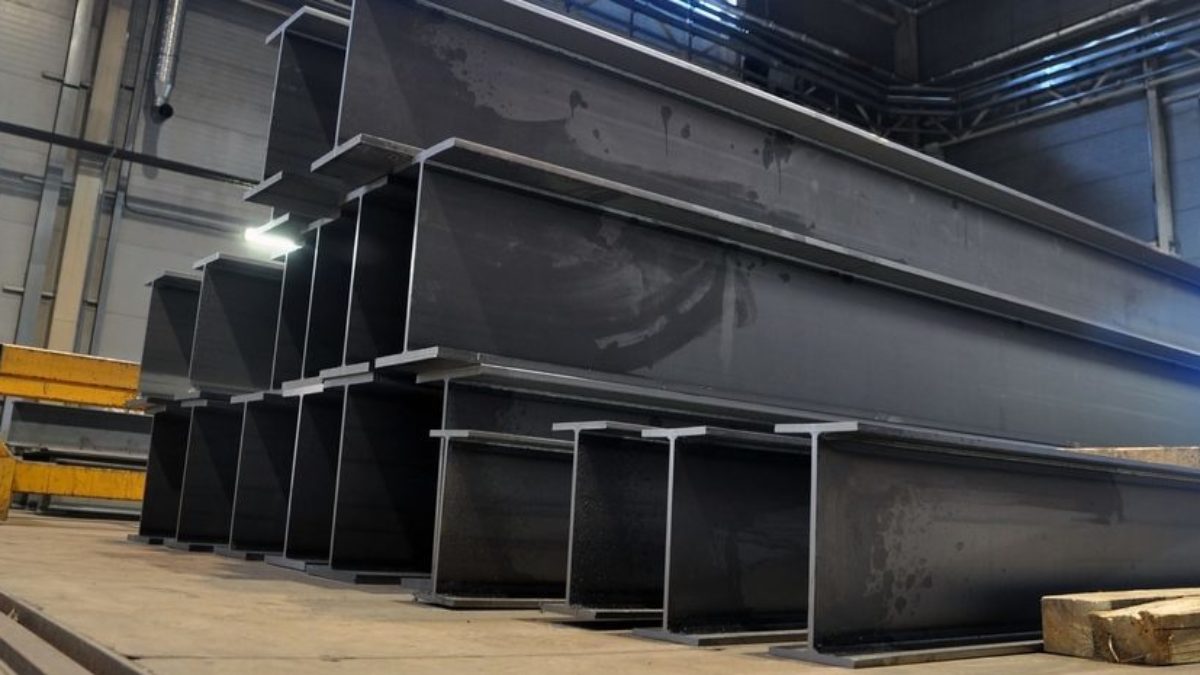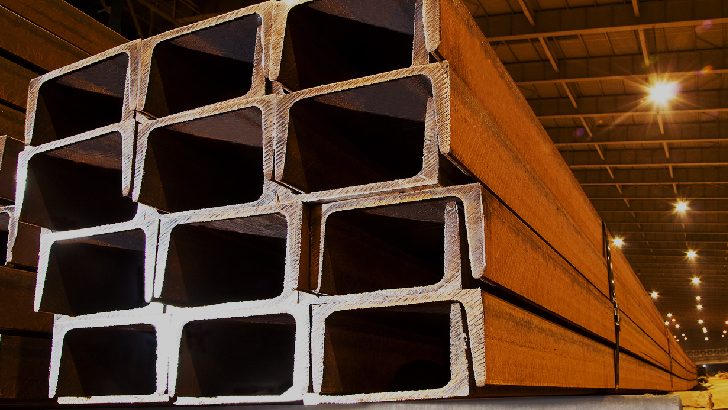
Parallel flange beams are essential components in modern construction, providing structural support and stability in various architectural designs. These beams, characterized by their parallel flanges and a vertical web, offer exceptional strength and versatility. Their manufacturing involves intricate processes to ensure durability and reliability in construction projects.
What are Parallel Flange Beams?
Parallel flange beams, also known as I-beams or universal beams, are structural steel sections featuring a distinctive “I” shape. This design enables them to efficiently carry heavy loads over long spans while minimizing material weight. The parallel flanges, top and bottom, distribute the load evenly, while the web connecting them maintains structural integrity.
Manufacturing Processes of Parallel Flange Beams
- Steel Production:
The process begins with the production of high-quality steel. Raw materials, primarily iron ore and coal, undergo smelting in a blast furnace to create molten iron. This molten iron is then refined in a basic oxygen furnace or electric arc furnace to reach the desired composition and quality.
- Rolling:
Once the steel is prepared, it undergoes hot rolling. The steel billets are heated and passed through a series of rollers, which gradually shape the metal into the desired I-beam profile. This process requires precision and careful calibration to achieve the specific dimensions and tolerances.
- Forming the Beam:
The rolled steel is then cut into manageable lengths and shaped into the I-beam form. Hydraulic presses or rollers manipulate the hot steel into the characteristic shape of the parallel flange beam. The process involves extreme pressure and controlled bending to achieve the required shape without compromising structural integrity.
- Cooling and Treatment:
Post-forming, the beams are allowed to cool gradually to room temperature. This cooling period helps in relieving any internal stresses that might have developed during the shaping process. Furthermore, the beams might undergo treatments such as heat-treating or surface treatments to enhance their strength and resistance to corrosion.
- Quality Control:
Throughout the manufacturing process, quality control measures are implemented rigorously. Various tests, including dimensional checks, mechanical property assessments, and visual inspections, ensure that the beams meet the specified standards and adhere to safety regulations.
Applications and Advantages
The versatility of parallel flange beams makes them indispensable in construction projects of various scales:
- Building Construction: These beams form the backbone of structural frameworks in buildings, supporting floors, roofs, and walls.
- Bridges and Infrastructure: Their strength and load-bearing capabilities make them ideal for constructing bridges, viaducts, and other infrastructure projects.
- Industrial Applications: Parallel flange beams are extensively used in factories and industrial facilities to support heavy machinery and equipment.
JSP today rolls more than 49 different sizes/series and over 160 different variants (unit-weights) of Parallel Flange Beams & Columns (NPB/IPE, WPB/HE, UB & UC, W Sections) in nominal depths ranging from 200mm to 900mm and with unit weights ranging from 39 kg/meter to 333kg/meter conforming to Indian specification (IS-12778) as well as European specifications for Standard Beams and Wide Flange Beams.
Besides beams & columns, this mill also rolls Indian (ISMC) channel in size, 400mm & angle of 250mm. For high quality construction, buy Parallel Flange Beams from JSP Structurals.

